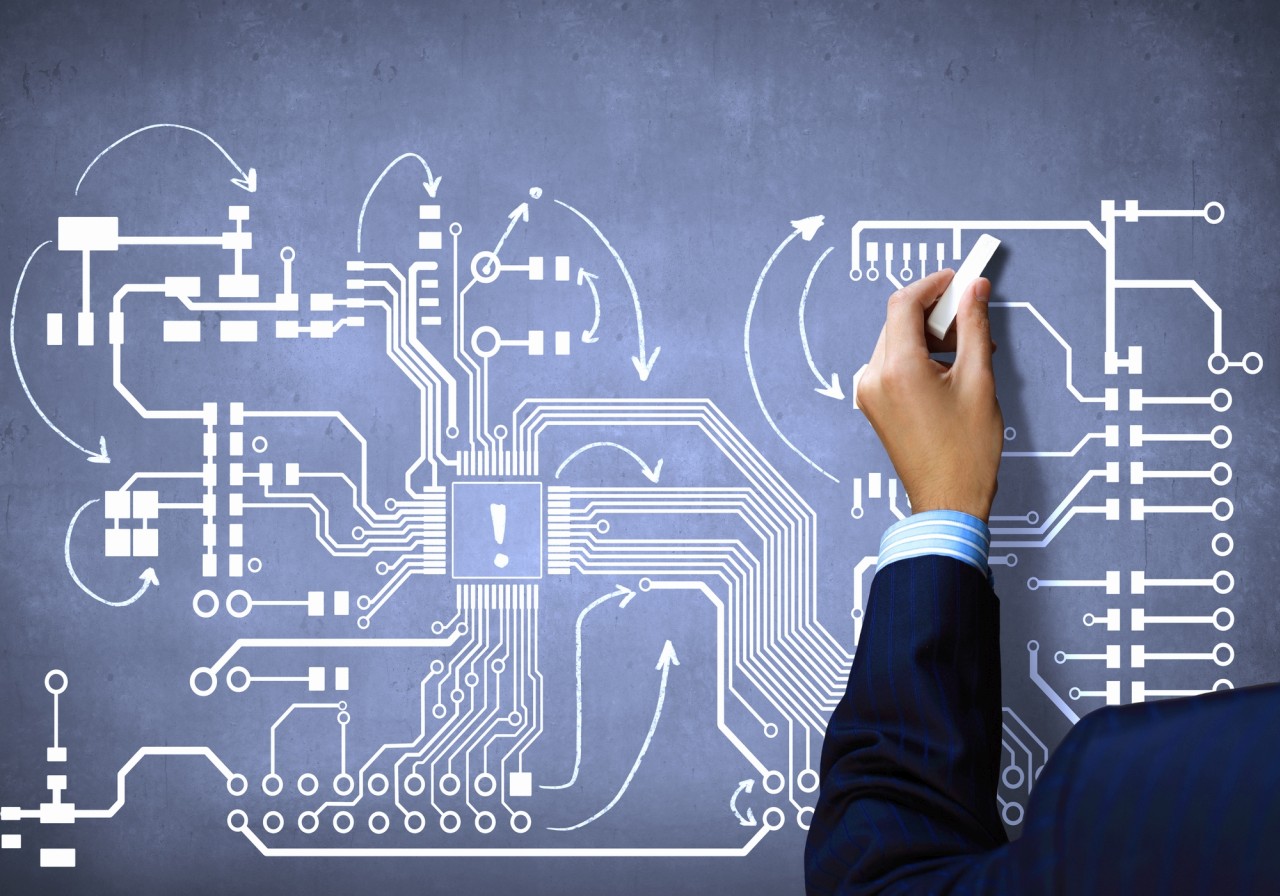Enhancing Industrial Electrical Design for Large-Scale Operations
Enhancing Industrial Electrical Design for Large-Scale Operations
Blog Article
Cutting-edge Electric Design Providers for Modern Framework
As metropolitan atmospheres grow significantly complex, integrating modern technologies such as smart grids and sustainable power sources ends up being extremely important. These developments not just assure to optimize energy usage yet also foster durability versus future needs.
Importance of Innovative Electrical Design
Cutting-edge electric design plays a vital duty in modern infrastructure, influencing not just performance yet also sustainability. As cities develop and the demand for power boosts, the demand for innovative electric systems becomes critical. These systems should not only satisfy present needs yet additionally anticipate future growth and technological improvements.
A well-executed electric design can substantially minimize energy consumption, thereby decreasing functional expenses and lessening environmental impact. By including renewable resource sources, such as solar panels and wind generators, ingenious styles can enhance power self-reliance and resilience. Clever grid innovations permit for real-time monitoring and monitoring of power distribution, maximizing performance and reducing waste.
Security is one more important aspect of electric design. Implementing advanced modern technologies and extensive criteria can alleviate threats connected with electric failures, making sure a safe environment for services and residents alike. Furthermore, ingenious layouts promote adaptability, permitting infrastructures to incorporate arising modern technologies perfectly.
Key Fads in Electrical Design
As the landscape of electric design remains to develop, a number of crucial patterns are shaping the future of the market. One substantial trend is the integration of clever technology into electrical systems. The proliferation of the Internet of Things (IoT) has made it possible for real-time surveillance and control of electric devices, boosting effectiveness and facilitating predictive upkeep.
One more trend is the expanding focus on modular design. This method enables scalable and versatile remedies, enabling framework to adjust to transforming needs without extensive remodellings. In addition, the use of innovative simulation devices and Building Information Modeling (BIM) is becoming increasingly widespread, enhancing the design process and enhancing partnership amongst stakeholders.
Additionally, innovations in products science are bring about the development of lighter, much more resilient, and energy-efficient parts. This development is specifically crucial for high-performance structures and infrastructure projects.
Last but not least, there is a significant shift in the direction of data-driven decision-making - industrial electrical design. Leveraging information analytics aids designers enhance systems for performance and cost-effectiveness. Together, these patterns indicate a transformative period in electrical design, boosting performance, sustainability, and durability in contemporary infrastructure
Lasting Power Solutions
Lasting energy solutions are progressively ending up being an important emphasis in electrical design, showing a wider commitment to ecological duty and source effectiveness. These solutions intend to lessen ecological effect while maximizing energy usage in different infrastructures, from domestic structures to large business facilities.
Among the foremost techniques entails the combination of renewable energy sources, such as photovoltaic panels and wind turbines, right into electrical systems. This not just decreases dependence on nonrenewable fuel sources yet likewise boosts energy durability. Furthermore, cutting-edge energy storage space systems, such as advanced batteries, enable effective monitoring and distribution of power, making certain that surplus energy created throughout peak production can be made use of during high demand periods.
In addition, energy-efficient design methods are being adopted to enhance total system performance. This includes making use of energy-efficient lighting, heating and cooling systems, and smart building innovations that keep an click for more info eye on and adjust energy usage based on occupancy and environmental problems.
Smart Grid Technologies
The execution of lasting power services naturally causes the expedition of smart grid modern technologies, which play a pivotal role in modernizing electrical systems. Smart grids leverage progressed interaction modern technologies and information analytics to enhance the integrity, performance, and sustainability of power circulation. By integrating digital innovation with conventional grid infrastructure, these systems facilitate real-time monitoring, automated control, and enhanced decision-making capabilities.
One of the key features of clever grids check my blog is their capacity to accommodate renewable power resources, such as solar and wind power. This flexibility not only reduces dependency on nonrenewable fuel sources however additionally permits a more decentralized power production version. Additionally, smart grids make it possible for need response programs, where consumers can adjust their power usage based upon real-time pricing, thereby advertising energy preservation and reducing peak lots demands.
Additionally, smart grid modern technologies improve grid resilience by allowing quicker recognition and resolution of failures, inevitably reducing downtime. With predictive upkeep and analytics, utilities can boost and optimize procedures service shipment. As communities and cities remain to evolve, clever grid technologies are necessary for building a sustainable and efficient electric facilities that meets the demands of contemporary culture.

Future-Proofing Framework
To make sure long-term stability and versatility, future-proofing infrastructure is vital in the rapidly evolving landscape of electric design solutions. As technology advancements and power demands change, it is important that electric systems are developed with adaptability in mind. This involves integrating scalable options that can accommodate future upgrades without demanding substantial overhauls.

Furthermore, sustainability needs to be a cornerstone of future-proofed styles. Using renewable resource sources, such as solar and wind, and enhancing power performance decrease dependency on nonrenewable fuel sources, aligning with global initiatives to deal with environment change.
Verdict
By prioritizing efficiency, adaptability, and sustainability, these solutions address the progressing demands of power systems. The assimilation of smart grid technologies and sustainable energy options enhances resilience and reduces operational costs.
A well-executed electric design can dramatically reduce energy consumption, thus lowering functional expenses and decreasing ecological effect. By integrating renewable energy resources, such as solar panels and wind turbines, cutting-edge layouts can improve energy self-reliance and resilience. In addition, cutting-edge power storage systems, such as innovative batteries, enable efficient monitoring and circulation of energy, guaranteeing that excess power created throughout top manufacturing can be used throughout high need durations.
Smart grids enable demand feedback programs, where customers can readjust their power use based Extra resources on real-time pricing, thereby advertising energy conservation and decreasing peak load demands. (industrial electrical design)
As modern technology developments and energy needs shift, it is vital that electrical systems are developed with flexibility in mind.
Report this page